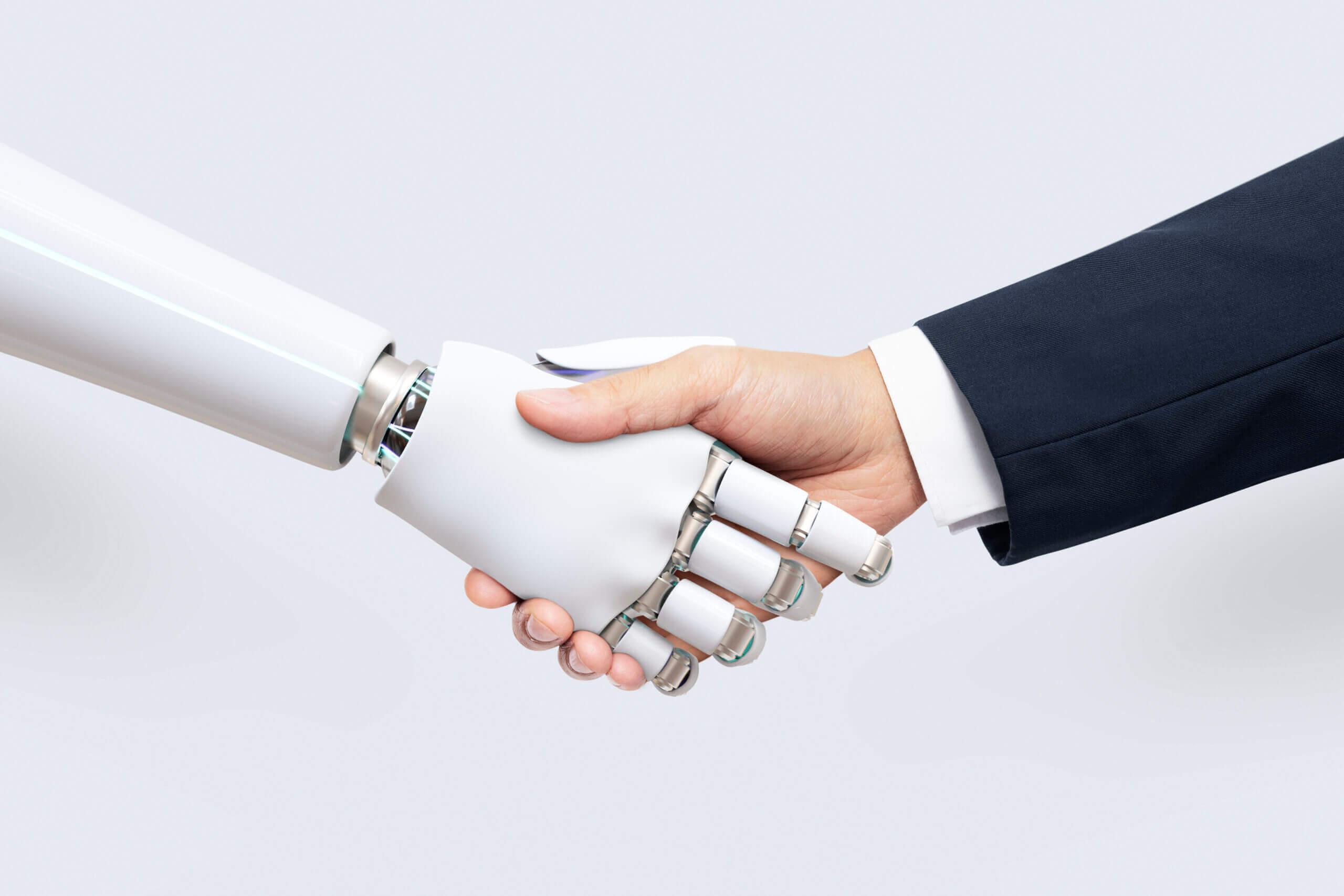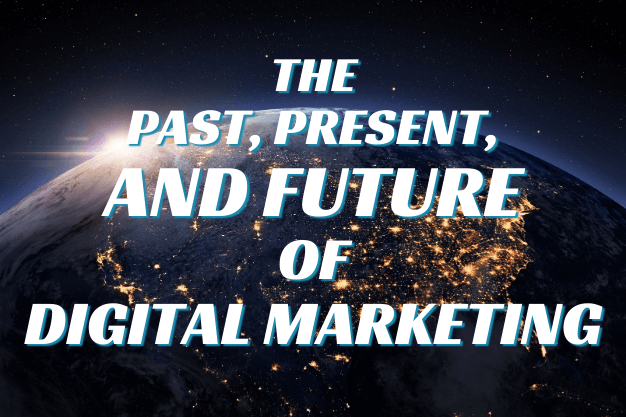Digital marketing has come a long way in the last decade. From the way businesses connect with customers, to the tools and strategies they use to drive conversions, the landscape has changed dramatically.
If you’re a local business owner, it’s essential to understand the changes that have occurred, as well as what still works, what doesn’t, and where to focus your marketing budget now.
In this article, we’ll dive into the past, present, and future of digital marketing, providing valuable insights and tips that you can use to grow your business. From the rise of social media and the decline of certain tactics to the emergence of AI technology and where the future of digital marketing is headed, you’ll come away with a clear understanding of how to navigate the ever-evolving digital landscape.
Get ready to take your digital marketing game to the next level!
Digital Marketing: The Past
First, let’s take a look at the past. In 2013, the biggest focus for local businesses was on search engine optimization (SEO). This meant creating keyword-rich content and building backlinks to improve a website’s search engine rankings. While SEO is still important today, the way it is executed has changed dramatically.
Google’s algorithm updates, such as Panda and Penguin, have made it more difficult to game the system with manipulative tactics. Now, the focus is on creating high-quality content that is valuable to the user and building natural backlinks from authoritative websites.
Another major change in the last eight years has been the rise of social media. Back in 2013, social media was still considered a “nice-to-have” rather than a “must-have” for local businesses.
Today, social media is an essential component of any digital marketing strategy. Businesses can use platforms like Facebook, Instagram, and Twitter to connect with customers, build brand awareness, and drive website traffic.
It’s no surprise that social media has become a powerful tool for reaching targeted audiences and driving conversions. TikTok, now the social media juggernaut, wasn’t even a thing yet in 2013 and has now become the platform for businesses to connect with a younger audience.

The rise of mobile has also had a significant impact on digital marketing over the last decade. In 2013, mobile usage was on the rise but it wasn’t yet the dominant force it is today. Now, mobile devices account for the majority of internet traffic, and businesses need to ensure that their websites and marketing campaigns are optimized for mobile users. This means designing for smaller screens, faster load times, and touch-based navigation.
But we can’t talk about changes in digital marketing without mentioning the rise of automation and artificial intelligence (AI).
A decade ago, businesses relied on manual processes for tasks like email marketing and social media management. Today, there are a plethora of tools and platforms that allow businesses to automate these tasks, saving time and increasing efficiency.
Additionally, AI-powered technologies like chatbots have become an effective way to engage with customers and provide personalized experiences.
AI can be used in various ways, such as using AI to take bookings over the phone with customers, using AI to recommend products to customers based on their browsing history, and using AI to analyze customer feedback and improve customer service.
Digital Marketing: The Present
Now, let’s take a look at the present.
While many tactics from 2013 are no longer effective, there are still a few that continue to be valuable for local businesses. For example, email marketing is still an effective way to reach customers and drive conversions.
Additionally, paid advertising on search engines and social media platforms can be a powerful tool for reaching targeted audiences. However, businesses need to be strategic in their approach, as the cost of advertising on these platforms can quickly add up.
So, where should local businesses focus their marketing budget now? The answer is, it depends on the specific business and target audience. However, some popular marketing tactics today include:
- Influencer marketing: Partnering with influencers on social media platforms to reach a wider audience and increase brand awareness
- Video marketing: Creating engaging videos to promote products and services, and drive website traffic
- Content marketing: Creating valuable and informative content to attract and engage customers
The rise of social media influencers and user-generated content is also expected to continue. By leveraging the power of these influential individuals and authentic customer reviews, businesses can build trust and credibility with their target audience.

The Future of Digital Marketing
Finally, let’s take a look at where digital marketing for local businesses is heading in the future. One trend that is already gaining momentum is the growing use of artificial intelligence (AI) in marketing. From chatbots to personalized recommendations, AI technology has the potential to revolutionize the way local businesses interact with their customers.
Additionally, the use of voice search and virtual reality is also on the rise, and businesses that are able to integrate these technologies into their marketing strategies will have a competitive edge.
In conclusion, the world of digital marketing for local businesses has come a long way in the last 10 years. From the rise of social media and mobile to the growing importance of data privacy and security, businesses need to stay up-to-date with the latest trends and adapt their strategies accordingly.
By embracing new technologies businesses can connect with customers, build brand awareness, and drive conversions in ways that were not possible a decade ago. The future of digital marketing for local businesses is exciting, and the opportunities are endless for those who are willing to adapt and evolve with the times.

